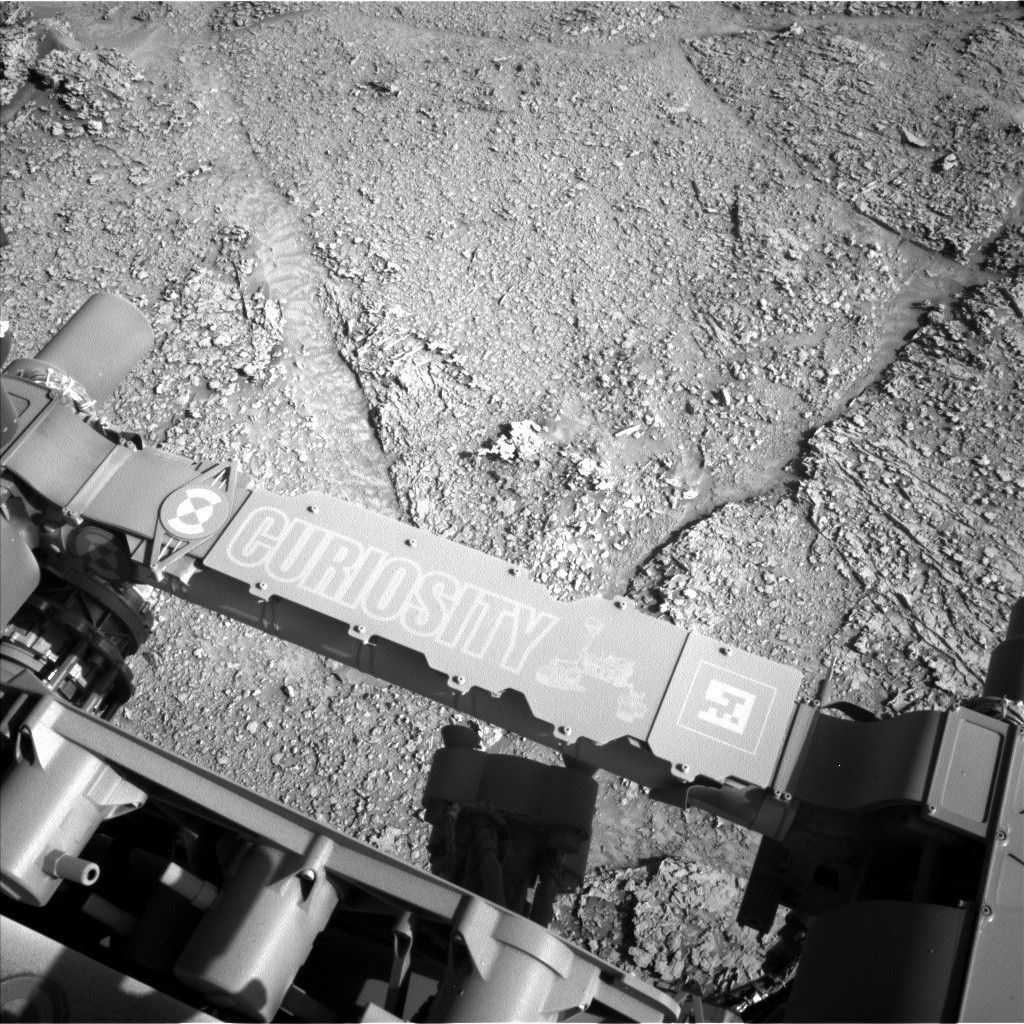Just like any long camping trip, the first human moon mission to the moon in 50 years requires a lot of training just to get comfortable with everyday living.
The Artemis 2 astronauts and ground teams are preparing for the first liftoff of the Artemis program with people on board. The round-the-moon mission is scheduled to lift off in late 2024 to set up NASA and its partner agencies for future lunar landings.
The Orion spacecraft that will carry four astronauts to the moon and back is currently under construction, along with other key hardware. Meanwhile, the astronauts and other personnel are testing living activities the crew will do on the 10-day mission, including sleeping, eating and of course, going to the bathroom.
NASA recently shared images of the Artemis 2 crew at Johnson Space Center (JSC) as they examine a mockup of their Orion spacecraft and familiarize themselves with the equipment that will keep them safe and comfortable on their moon cruise. prepare for the big mission.
Related: Artemis 2 astronaut crew suits up for moon launch dress rehearsal (photos, video)
NASA is aiming for Artemis program missions to be more diverse than Apollo. The new crew includes NASA astronaut and commander Reid Wiseman, NASA astronaut and pilot Victor Glover (the first Black astronaut to leave low Earth orbit), NASA astronaut and mission specialist Christina Koch (the first woman) and Canadian Space Agency astronaut and mission specialist Jeremy Hansen (the first non-American).
While the agency has sent crews afar — around two dozen astronauts made it to the moon’s surface or lunar orbit with the Apollo program — there are new things to learn from the intervening 50 years in terms of systems, training and human psychology.
As Artemis 2 is not a landing mission, the astronauts will spend their entire span of time in space inside the Orion spacecraft. The vehicle has roughly the habitable space of two minivans, according to NASA officials. And at 330 cubic feet (just over 9 cubic meters), Orion has nearly 60 percent more space than the three-person command module used by Apollo astronauts (at just 210 cubic feet or nearly 6 cubic meters.)

There is some flexibility to give a little bit more room on the road. Koch and Hansen’s seats can be stowed after the powerful launch aboard the Space Launch System rocket. Wiseman and Glover’s seat backs will remain in place, but their foot rests will be stowed as well. These changes will give valuable time for activities like exercise, to which each astronaut will dedicate 30 minutes a day.

“Orion is equipped with a flywheel, a small device installed directly below the side hatch used to enter and exit Orion,” NASA officials wrote. “The flywheel is a simple cable-based device for aerobic exercises like rowing and resistance workouts like squats and deadlifts. It works like a yo-yo, giving astronauts as much load as they put into it, maxing out at 400 pounds (181 kg).”
Related: How fit will astronauts be after years in space?
Notably, the Artemis 2 astronauts will have less time and less space to perform exercise than long-duration crews on the International Space Station (ISS), which has the equivalent space of a six-bedroom house, according to NASA. The numerous exercise machines aboard the orbiting complex have a collective mass of more than 4,000 pounds (1,814 kg) and occupy roughly 850 cubic feet (24 cubic meters), agency officials said more recently.
Orion’s exercise equipment, clearly, needs much less room. So the flywheel is only about 30 pounds (13 kg) in mass and has a slightly smaller size than a carry-on suitcase, according to NASA. The relatively short mission in deep space also allows for less exercise time as degradation of bones and muscles will not be as great as during a few months or a year in space. On the ISS, by contrast, astronauts dedicate 2.5 hours daily to exercise, some of which includes setup and adjustment of equipment.

Also in the Orion spacecraft will be a hygiene bay, which has doors for privacy, a toilet, and areas for crew to stow personal hygiene kits that include items such as hair brushes, toothbrushes, and other common things you will need for getting ready for your day. While there is no room (and not enough water) for a full shower aboard Orion, the crew will keep clean using liquid soap, water and rinseless shampoo.
The toilet will accommodate males and females alike, NASA officials said. This is in contrast to the all-male Apollo crews that had a single design for the toilet. The Orion spacecraft’s Universal Waste Management System is nearly identical to what astronauts already use on the ISS.
“The system collects urine and feces separately,’ NASA officials wrote. “Urine will be vented overboard, while feces are collected in a can and safely stowed for disposal upon return. Should the toilet malfunction, the crew will be able to use collapsible contingency urinals, a system that collects urine in a bag and interfaces with the venting system to send the urine overboard … (and) the crew will still use the toilet for fecal collection, only without the fan that helps with fecal separation.”
Related: SpaceX’s private Inspiration4 astronauts had some toilet trouble in space

Orion has a medical kit on board as well, to take care of common and minor issues that may arise in space. Basic first aid items and diagnostic tools, like a stethoscope and an electrocardiogram, will be packed inside. The crew will also — somehow — have the ability to speak privately with flight surgeons in Mission Control to discuss their physical and mental well-being. (NASA’s release did not discuss where the crew would find a private corner in the spacecraft for such discussions.)
All of these activities require intense simulation before the crew climbs on board. The challenge, however, is the Orion spacecraft is not fully built. Nor does NASA want to be using the spacecraft for simulations, given that they want to hold it as pristine as possible for the flight. As such, NASA has a mockup available in which it is testing everything that the crew will need to do, long before they go to space.
Sleeping stations inside the small spacecraft will require a simple set of sleeping bags, which is a little different than the enclosed rooms other crews have used on the more roomy ISS. These are being tested in the mockup, along with other common activities.

Eating, meanwhile, is under discussion at JSC’s Space Food Systems Laboratory. The crew is testing out foods that will be safe to carry into orbit, as well as suitable for their individual needs and tastes. The laboratory has hundreds of options available, including such dishes as cashew chicken curry, shrimp cocktail and chocolate pudding cake, according to a recent JSC Instagram post.
RELATED STORIES:
To be sure, everyday living is just a part of what the Artemis two crew and the ground personnel are learning to get ready for the moon mission. The Artemis 2 astronauts, for example, recently participated in a launch day exercise at NASA’s Kennedy Space Center in Florida, and met their spacecraft during construction. There is a large campaign as well at that center to get the mobile launcher, the SLS, and other ground systems ready for launching.
Construction activities are ongoing on Orion, SLS, the boosters, and the other things that will lift the astronauts off of Earth. Mission controllers are also undergoing simulation exercises for all phases of the mission, along with the crew, including emergency exercises. The launching team has conducted several simulations of activities: This includes full campaigns of roughly 36 hours, and more focused campaigns on key aspects of liftoff. Recovery exercises are also ongoing at sea and in pools, between NASA and U.S. Navy personnel.


